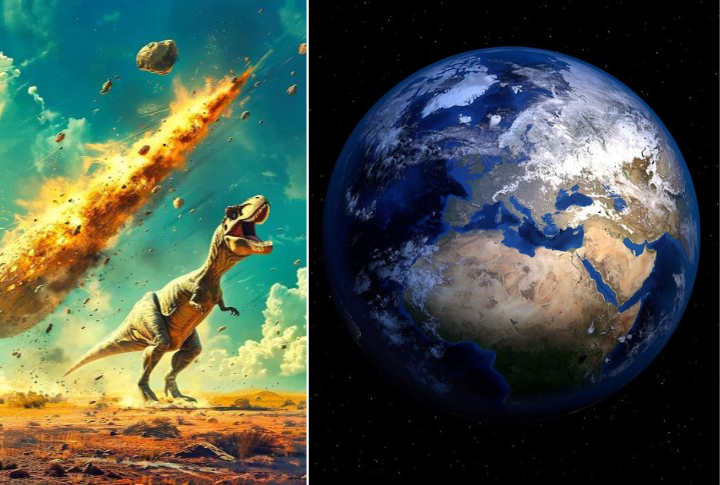
Every 36 million years, Earth experiences a dramatic burst of biodiversity. This pattern, observed in the fossil record, has long puzzled scientists. Why does life seem to explode in such periodic intervals? Recent research has finally unveiled the answer by linking these life surges to cosmic events far beyond our planet. Keep reading to uncover this incredible story and learn how our planet shapes the diversity of life beneath the waves.
The 36-Million-Year Cycle

At the heart of this mystery is a 36-million-year cycle. Fossil evidence shows that roughly every 36 million years, Earth experiences a surge in new species and a significant increase in biodiversity. This regular pattern intrigued scientists, but the underlying cause was elusive—until now.
Breakthrough Research

The breakthrough came when Slah Boulila and his team examined Earth’s past more closely. Studying fossils and geological records, they found that a 36-million-year cycle of tectonic plate movements has been quietly driving sea-level changes, which have hugely impacted our ecosystems.
Tectonic Plates on the Move
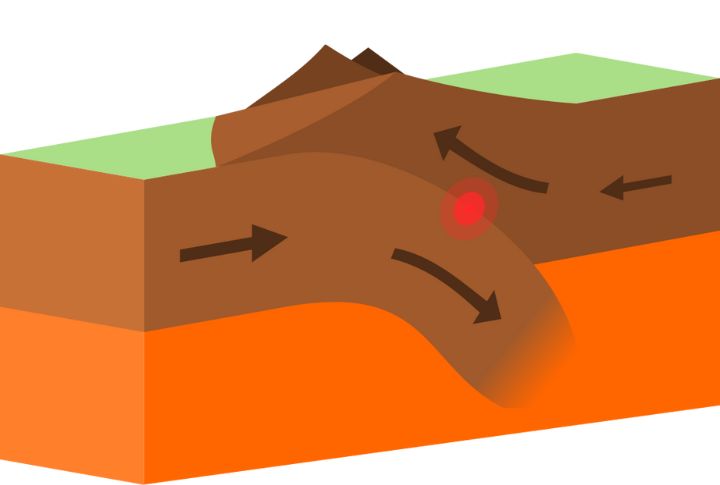
Think of Earth as a giant puzzle made up of massive pieces called tectonic plates. These plates constantly shift and collide to create mountains, volcanoes, and earthquakes. But their effects don’t stop on land; they reach deep into the oceans and fascinatingly influence marine life.
Sea Levels Rise and Fall
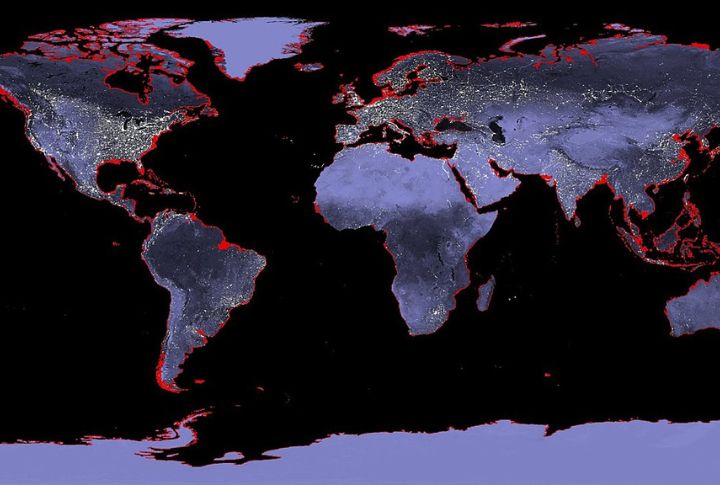
As these tectonic plates shift, sea levels rise and fall in a cycle. This means that shallow ocean habitats are constantly changing for marine life. Sometimes, these shifts flood continental shelves to give marine species new places to thrive or force others to adapt or struggle.
Evidence from Fossil Records
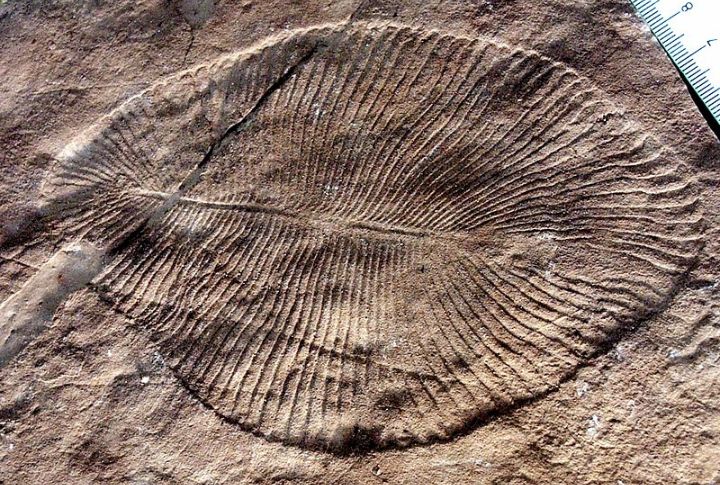
The fossil record supports the theory that Earth’s life explosions are connected to these powerful forces. For instance, the Cambrian Explosion—when many new species appeared—happened during intense tectonic and cosmic activity. These fossils reveal how marine life adapted to the changing environments caused by tectonic movements.
Climate Also Plays a Role
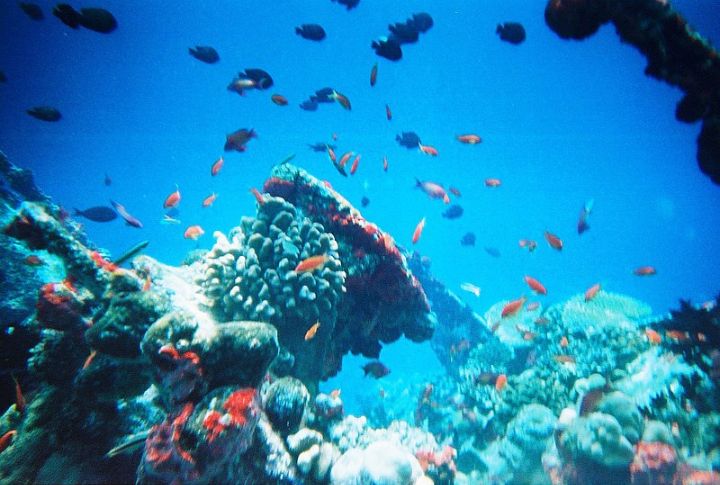
The story doesn’t end with tectonic plates. Climate change and shifts in ocean chemistry also play significant roles in shaping marine life. These factors create a tangled web of influences that determine the health and variety of aquatic ecosystems over time.
The Incredible Diversity of Life
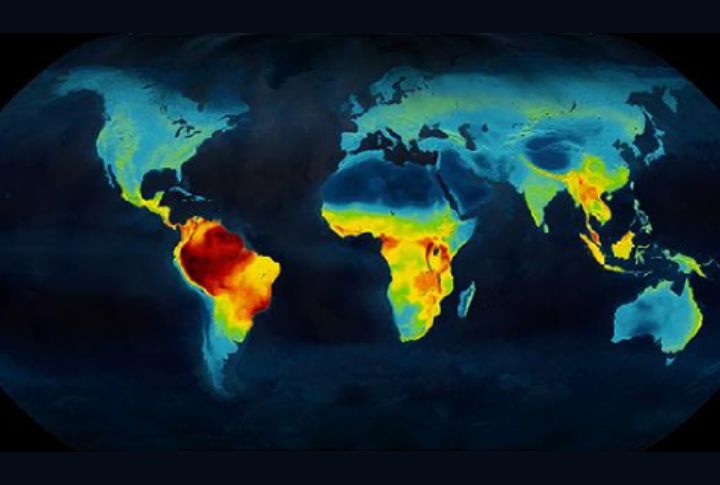
Biodiversity is simply the variety of life in a specific area, and it’s essential for a healthy planet. Imagine a world without the lively colors of coral reefs or the fascinating creatures inhabiting the ocean depths. It’s a scary thought that highlights the importance of understanding what shapes marine life.
Digging for Clues
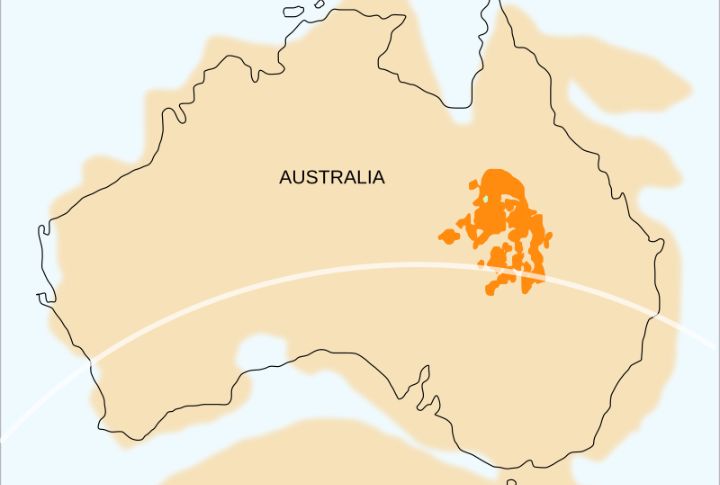
Researchers have analyzed rock formations and sediment cores to find strong connections between tectonic plate movements, sea-level changes, and the rise and fall of marine life. For example, the Cretaceous Winton Formation in Australia provides a vivid picture of how sea-level changes shaped ecosystems when much of the continent was underwater.
Learning from the Past
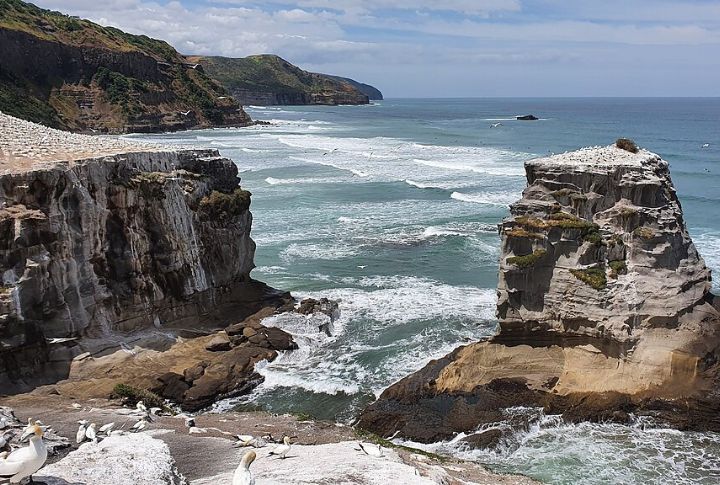
By studying the 36-million-year cycle of marine biodiversity, scientists have learned that Earth’s geological processes are crucial in shaping the evolution of life. This knowledge can help us understand the current biodiversity crisis and guide our efforts to protect the oceans.
Protecting the Future

As we face alarming rates of extinction and biodiversity loss, recognizing the impact of tectonic cycles on marine life is more important than ever. Understanding these patterns can help us to ensure a healthy future for our oceans by developing better ways to protect vulnerable species and habitats.
The Web of Life
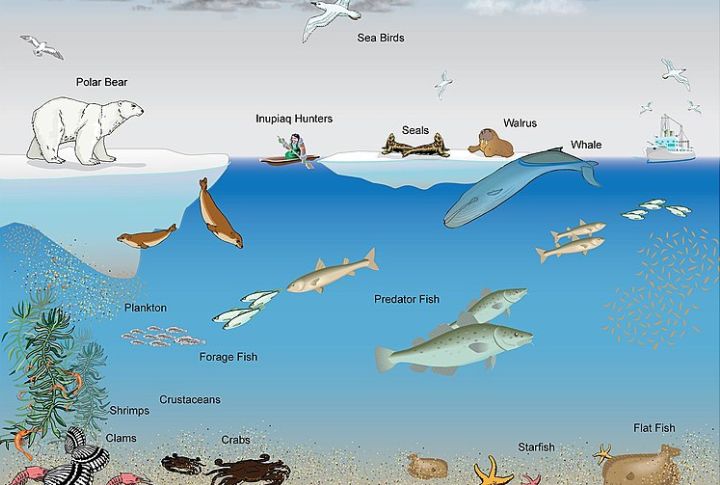
Exploring the connections between tectonic cycles and marine life reveals the intricate web that binds all Earth’s systems together. The movement of tectonic plates shapes the land, the climate, ocean currents, and the distribution of life. This interconnectedness reminds us of the delicate balance that sustains our planet.
Life Finds a Way
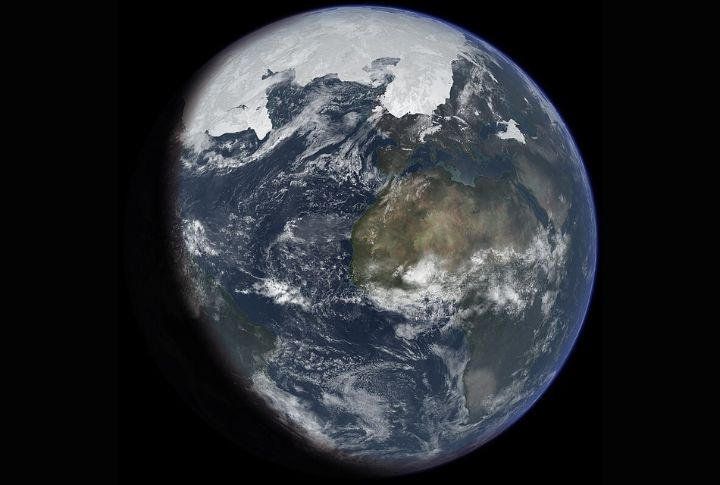
Throughout Earth’s history, these life explosions often coincide with extinction events. As new species appear, others struggle to survive environmental changes. Yet, time and again, life has found a way to bounce back, evolve, and thrive. This resilience shows the incredible power of nature.
Implications For Evolutionary Biology
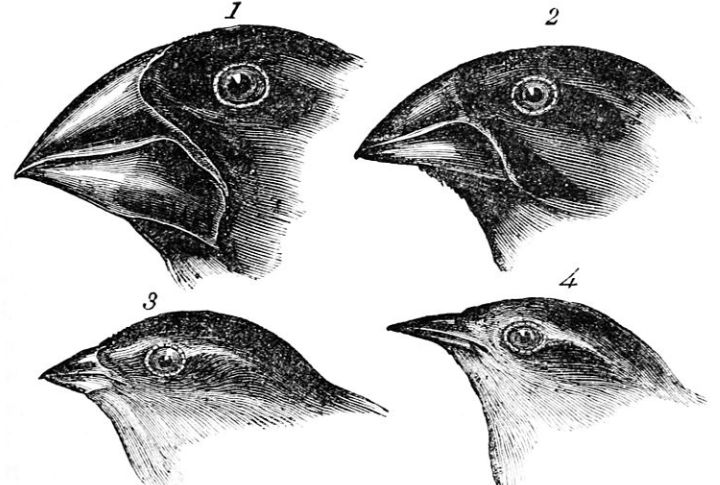
Boulila’s findings give us a new way to think about evolution. We used to believe it was mainly shaped by things like climate changes here on Earth. But now we know the movements of our planet also influence it through space. This fresh perspective challenges what we thought we knew about how life evolves.
Human Factor
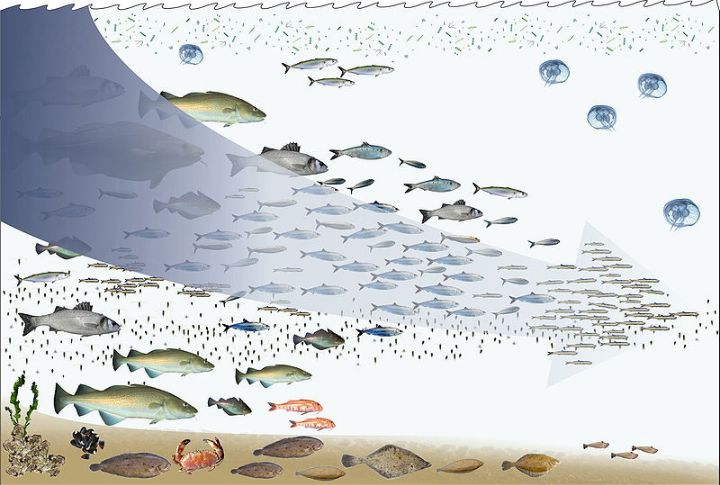
Humans are responsible for protecting marine ecosystems that have evolved over millions of years. Our actions, like deforestation and pollution, could affect these natural cycles. By understanding the factors influencing aquatic life, we can make informed decisions to support conservation efforts.
Predicting the Next Explosion
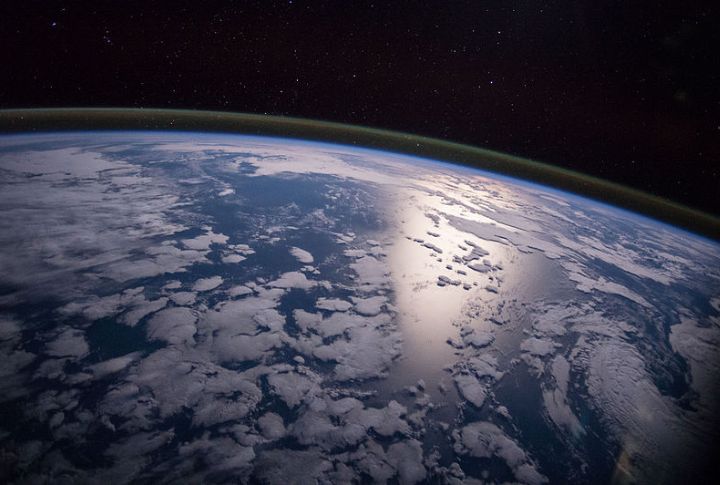
With the 36-million-year cycle in mind, scientists can make educated guesses about when the subsequent explosion of life might happen. While it’s hard to predict precisely, knowing this pattern helps researchers look for signs of the next significant shift in Earth’s biodiversity.

